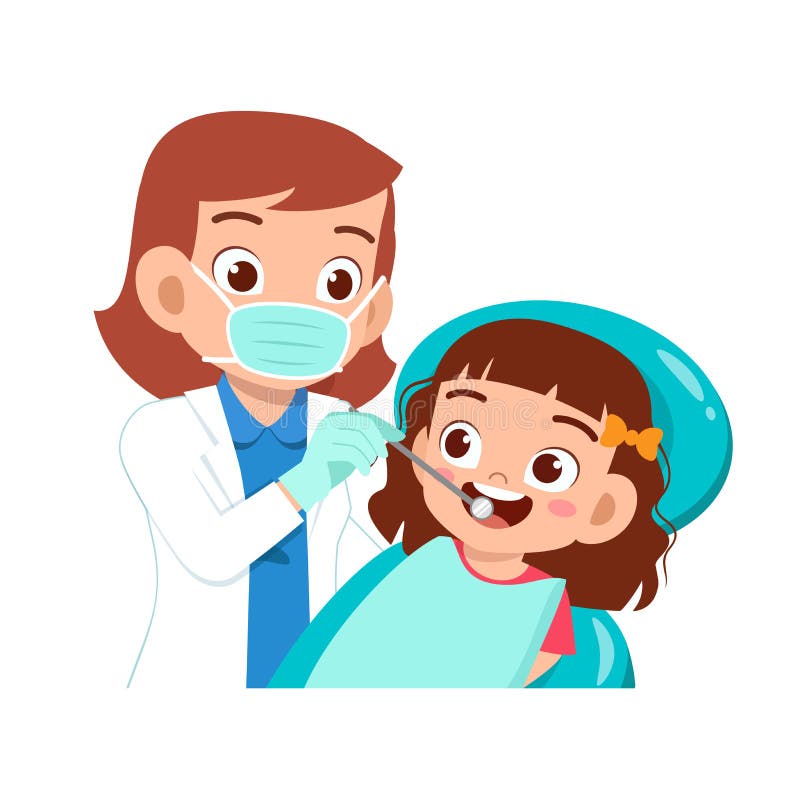Explore the Series Of Dental Issues Dentists Generally Manage
From the prevalent issue of tooth cavities created by microbial task to the more perilous progression of periodontal illness, oral specialists have to be experienced at very early discovery and treatment. Tooth level of sensitivity, often resulting from worn enamel, adds another layer of complexity, while the early identification of dental cancer cells can be life-saving.
Cavities and Dental Caries
Cavities, likewise understood as dental caries, are created by the demineralization of tooth enamel due to acid-producing microorganisms in the mouth. If left without treatment, tooth cavities can lead to significant oral difficulties, consisting of infections and tooth loss.
To diagnose tooth cavities and tooth degeneration, dental experts use a combination of aesthetic examinations, dental X-rays, and occasionally laser fluorescence devices. For even more advanced decay, a dental practitioner may need to get rid of the compromised tissue and bring back the tooth with dental fillings made from materials such as composite material, amalgam, or porcelain.
Safety nets are extremely important in combating dental caries and tooth decay. Routine oral exams, proper cleaning and flossing strategies, and a balanced diet plan reduced in sweet foods and drinks are fundamental practices that support oral health and wellness and lessen the threat of oral caries.
Gum Illness

This creates the periodontals to draw away from the teeth, developing pockets that become infected. As the body's immune system deals with the bacteria, the bone and connective tissue that hold teeth in location are damaged down.
Dental professionals detect gum tissue disease through scientific exam and periodontal probing to determine pocket midsts around the teeth. Therapy might involve scaling and root planing to remove tartar and germs from tooth surface areas and under the gum tissues. In severe cases, surgical treatments like flap surgical procedure or bone grafts are necessary to restore dental health. Maintaining appropriate oral hygiene and routine oral examinations are important for stopping gum condition.

Tooth Sensitivity
Beyond periodontal disease, one more usual oral issue that people frequently come across is tooth sensitivity. Defined by a sharp, short-term pain in action to stimulations such as hot, chilly, pleasant, or acidic foods and beverages, tooth sensitivity can dramatically impact a client's top quality of life - dentist eugene or. This problem generally develops when the safety enamel layer of the teeth comes to be worn down or when the periodontals decline, revealing the underlying dentin. Dentin contains microscopic tubules that link to the nerve ends within the tooth, therefore transmitting the agonizing sensations.
Numerous factors contribute to the growth of tooth level of sensitivity. Hostile cleaning, the usage of unpleasant tooth paste, and the usage of acidic foods and drinks can deteriorate enamel. Furthermore, dental procedures, broken teeth, and periodontal illness can reveal the dentin. To reduce tooth level of sensitivity, dental professionals might advise making use of tooth paste developed for sensitive teeth, fluoride therapies to enhance enamel, or dental bonding to cover subjected dentin. In severe instances, advanced therapies such as periodontal grafts or root canals could be needed.
Ultimately, attending to tooth level of sensitivity calls for a detailed technique that includes both precautionary measures and targeted therapies to alleviate pain and safeguard the oral structures.
Dental Cancer
Dental cancer, a significant and potentially life-threatening read the article condition, usually flies under the radar in routine oral care conversations. This type of cancer can affect any type of component of the mouth, including the lips, tongue, cheeks, floor of the mouth, tough and soft tastes, sinuses, and throat. Early detection is critical for successful treatment, yet several cases are detected at advanced phases due to subtle first symptoms.
Misaligned Bites
Misaligned attacks, also referred to as malocclusions, are a common dental concern that can considerably affect both dental health and general top quality of life - eugene dentist. These conditions happen when the top and lower teeth do not line up effectively, resulting in troubles in biting, chewing, and also talking. Malocclusions can be identified into various kinds, consisting of overbites, underbites, crossbites, and open attacks, each providing distinct difficulties that call for tailored therapy techniques
The sources of misaligned attacks are varied and can consist of genetic variables, very early loss of baby teeth, thumb sucking, and injuries to the jaw. Symptoms commonly consist of pain or discomfort in the jaw, constant attacking of the internal cheeks, and an increased risk of tooth decay and gum disease because of problem in preserving oral hygiene.
Orthodontists and dentists employ an array of treatments to resolve misaligned attacks, from clear aligners and typical dental braces to a lot more sophisticated operations in severe cases. Early medical diagnosis and therapy are vital to protect against issues such as temporomandibular joint (TMJ) conditions and unusual wear on teeth. Via thorough evaluation and personalized therapy strategies, dental professionals play a crucial function in fixing malocclusions and enhancing patients' dental wikipedia reference feature and aesthetics.
Verdict
Dental practitioners attend to a spectrum of oral problems, each with distinct obstacles and treatment protocols. Dental caries and dental caries result from microbial activity that endangers tooth enamel, while gum tissue disease can rise from gingivitis to extreme periodontal conditions. Tooth level of sensitivity involves pain from thermal stimuli, demanding particular care. Early detection of dental cancer is check here crucial for reliable intervention. Misaligned attacks impact both dental health and wellness and lifestyle, commonly needing orthodontic or surgical remedies to correct.
To diagnose dental caries and tooth decay, dental professionals employ a combination of visual evaluations, oral X-rays, and sometimes laser fluorescence tools.Beyond gum condition, another common dental problem that patients frequently come across is tooth level of sensitivity. Additionally, dental procedures, split teeth, and gum tissue condition can expose the dentin. To reduce tooth sensitivity, dental practitioners might recommend using toothpaste developed for sensitive teeth, fluoride therapies to enhance enamel, or oral bonding to cover revealed dentin. Dental caries and tooth degeneration result from microbial task that compromises tooth enamel, while gum disease can escalate from gingivitis to severe periodontal conditions.